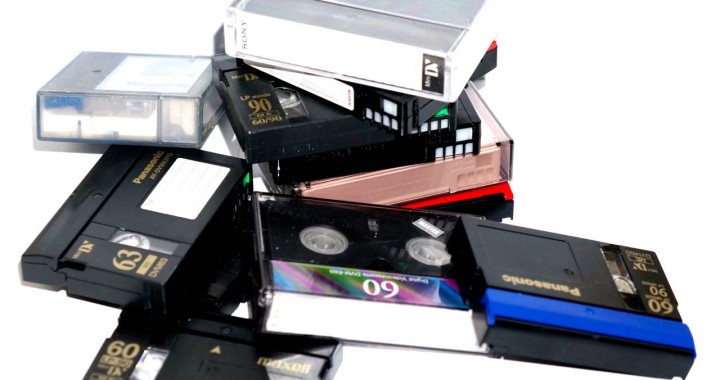The advent of solid state cameras has certainly ushered in a new era of efficient workflow but the price tag can sometimes be off-putting for those just getting into filming yet a lot of these people would rather have a solid state consumer camera than an HDV professional camera. That’s a terrible idea. Here’s why.
HDV is digital
The number 1 misconception our customers have about tape cameras and miniDV/ HDV in particular is that they are somehow not digital. This is not true yet society generally associates tape with analog so we’re often met with disbelief when we try to explain that HDV is indeed a digital medium.
HDV/ MiniDV can capture scene breaks and requires less post production work after import
Various editing programs natively identify scene breaks in an imported file and give you options to break your file into scenes or separate files.
HDV tapes are imported as files
Another frequent cause of confusion is how tapes are imported. When you import your HDV tape you end up with a file just like you do when you import from a memory card. Effectively the tape is your disc or memory card. It just happens to store it’s data on actual tape. Once imported you can move that file from drive to drive just like you would any other imported footage.
Professional cameras offer features consumer cameras lack
Buying a consumer grade solid state camera (generally AVCHD) just to avoid HDV is a horrible idea. Consumer cameras lack higher end audio, have smaller image sensors, low quality lenses, few control settings and generally record with more visible compression artifacts than their professional/ semi-professional counterparts.
Your budget will get you a lot more HDV camera than Solid State
As of today’s writing we charge $949.99 for a Canon XH-A1, arguably the best all around prosumer HDV camera made. It’s an easy to use camera for the beginner, with the necessary capabilities for the seasoned pro, has an amazing lens and rock solid reliability. If we compare that to our most popular AVCHD camcorder, the Panasonic HMC150 ($1699 as of today’s writing) you’re looking at a price difference of $750 for the privilege of shooting to a card instead of a tape.
But it’s not all roses and butterflies
There are a few downsides to HDV. Workflow is admittedly more time consuming. Instead of inserting a memory card into your computer and dragging a file over you need to import the tape in real time through the camera or a transfer deck. This consists of connecting the camera to your computer and essentially playing it back as your computer captures it. It’s hardly quick.
HDV also shoots in 1440×1080 versus 1920×1080. Who will notice this? Likely no one but it’s something to keep in mind.
HDV footage generally has more visible compression artifacts than the common solid state AVCHD pro cameras.
Is it for me?
It depends. If you’re just getting into filming and budget is a big factor then yes. Plenty of amazing things have been shot on HDV cameras and even today they continue to make up about 40% of our business. They are still hugely popular. If you’re looking for the latest and the greatest however or workflow efficiency is a big factor to you then a solid state camera likely is the better choice.
No matter what you choose we hope you’ll buy it from us!
